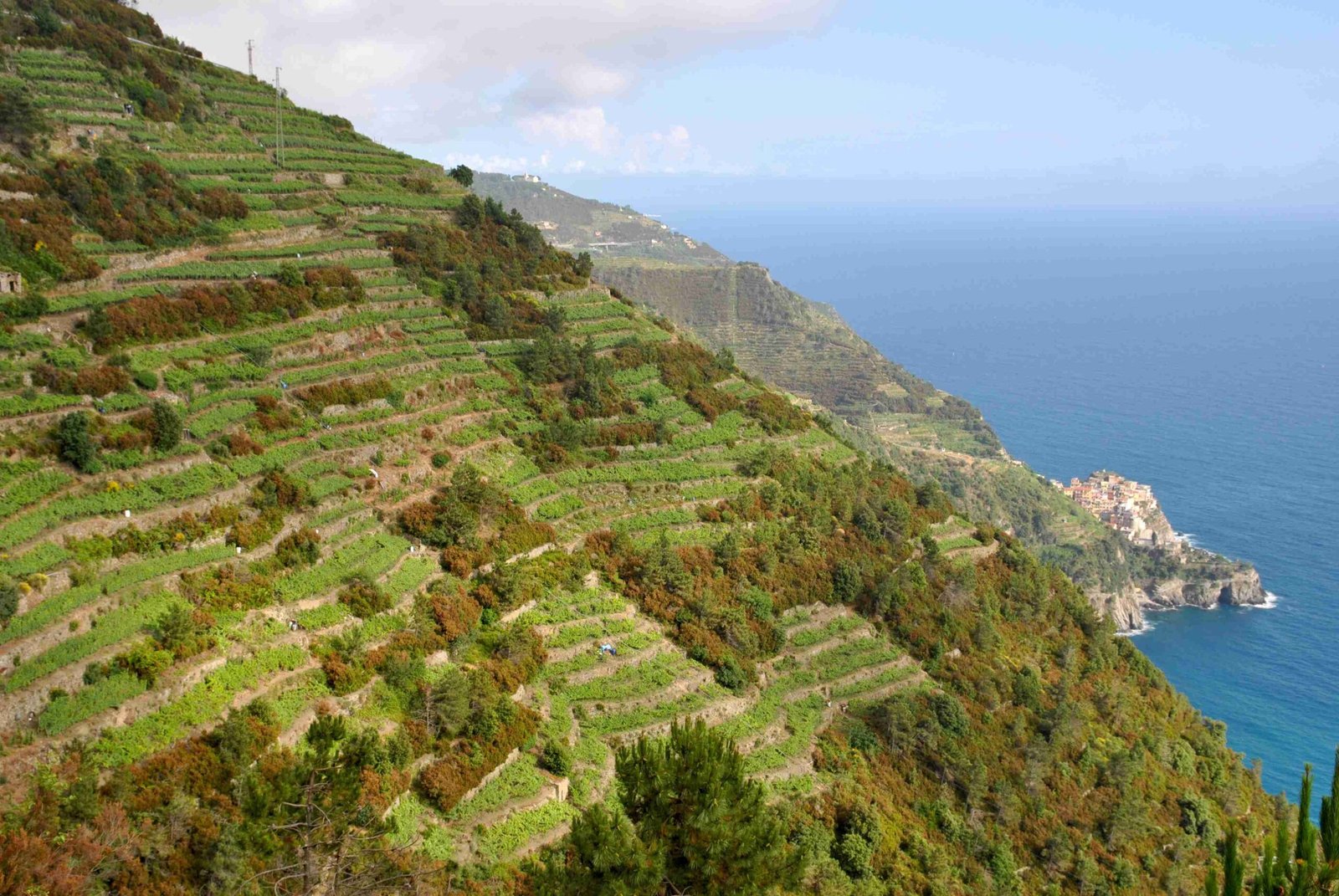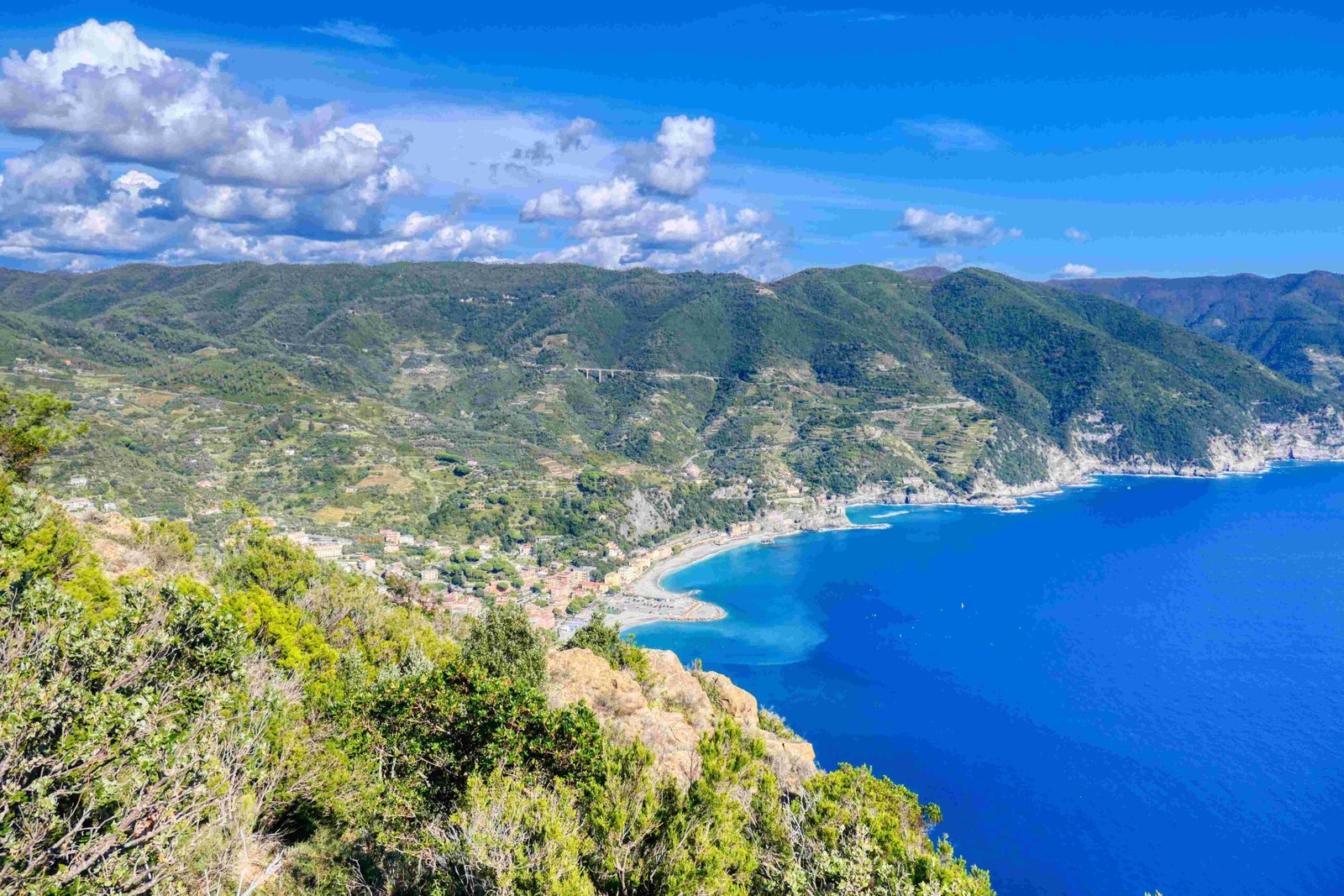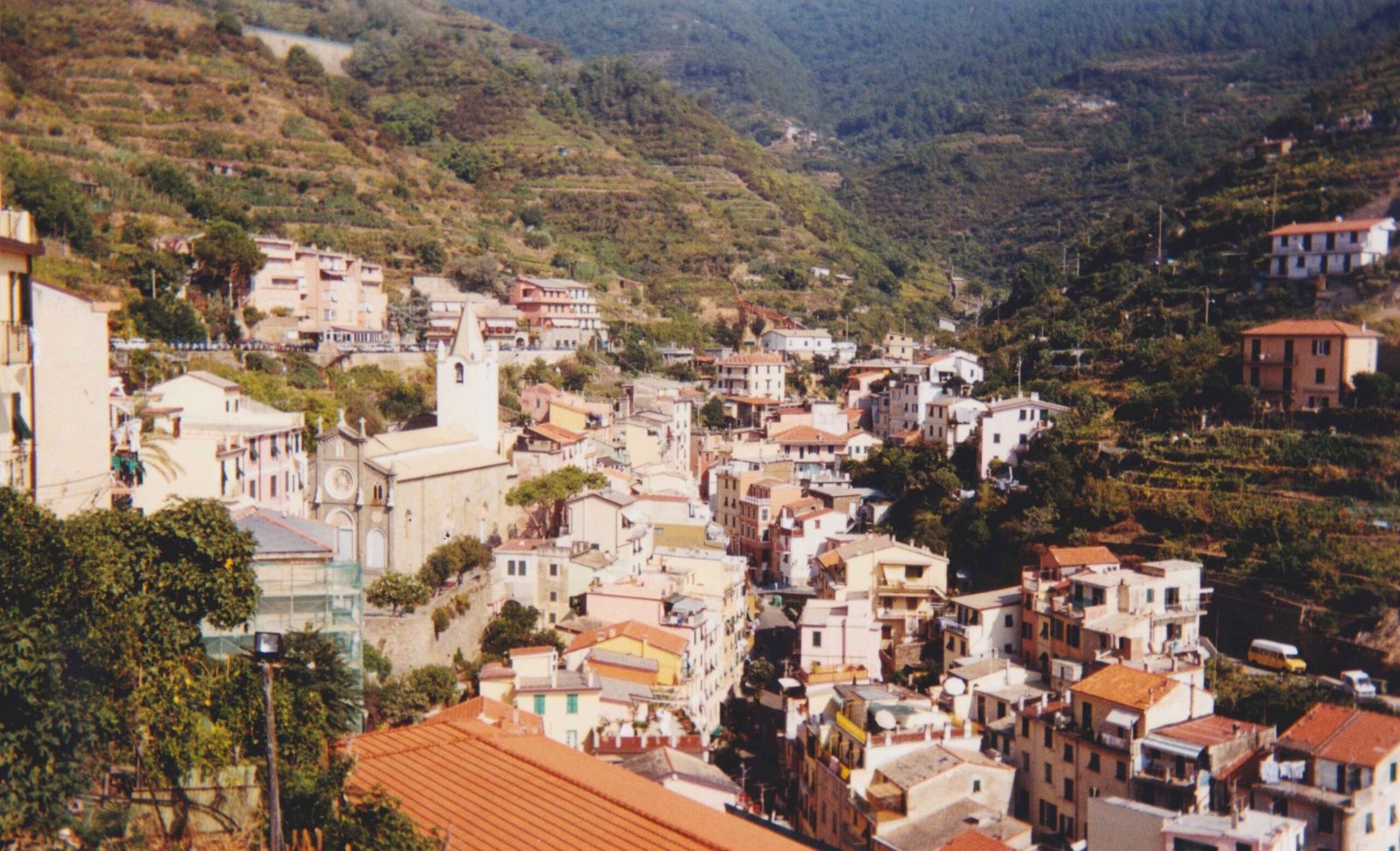The terraced vineyards of Cinque Terre represent an extraordinary testament to human agricultural ingenuity, where generations of farmers have transformed steep, rocky coastal landscapes into productive agricultural terrains. Carved into near-vertical mountainsides overlooking the Mediterranean Sea, these meticulously constructed terraces demonstrate remarkable engineering skills, allowing grape cultivation in one of the most challenging geographical environments in Italy.
What Makes Terraced Vineyards in Cinque Terre Unique?

Historical Evolution of Vineyard Terracing
The terraced vineyards in Cinque Terre are not merely agricultural spaces but living historical artifacts. Dating back to medieval times, local farmers developed an intricate system of stone walls and narrow platforms to maximize limited arable land along the rugged Ligurian coastline.
Key Characteristics of Terraced Vineyards
- Slope Angle: 60-70 degrees
- Wall Construction: Dry-stone walls without mortar
- Typical Terrace Width: 1-2 meters
- Primary Grape Varieties: Bosco, Albarola, Vermentino
How Do Farmers Manage These Challenging Landscapes?
Farmers in Cinque Terre employ extraordinary manual techniques to cultivate grapes:
- Manual Cultivation
- All agricultural work performed by hand
- No mechanical equipment possible
-
Requires immense physical labor
-
Water Management
- Sophisticated drainage systems
- Rainwater collection techniques
- Minimal water waste
What Wines Emerge from These Terraced Landscapes?
| Wine Type | Characteristics | Production Method |
|---|---|---|
| Sciacchetrà | Sweet dessert wine | Grapes dried before fermentation |
| Cinque Terre DOC | Crisp white wine | Traditional local grape blend |
| Vermentino | Light, aromatic white | Coastal terroir influence |
Why Are These Vineyards Considered a Cultural Treasure?
The terraced vineyards represent more than agricultural production; they symbolize human resilience and adaptation. Recognized as a UNESCO World Heritage site, these landscapes demonstrate how communities can sustainably interact with challenging natural environments.
What Challenges Do Modern Vineyard Managers Face?
Contemporary vineyard managers confront multiple challenges:
– Preserving traditional cultivation methods
– Maintaining ancient stone wall structures
– Attracting younger generations to agricultural work
– Balancing tourism with agricultural preservation
How Can Visitors Experience These Remarkable Vineyards?
Visitors can explore terraced vineyards through:
– Guided hiking tours
– Wine tasting experiences
– Photography workshops
– Sustainable tourism programs
Conservation and Future Perspectives
Local authorities and agricultural cooperatives are actively working to:
– Restore deteriorating terrace walls
– Promote sustainable agricultural practices
– Develop educational programs about traditional viticulture
– Create economic opportunities for local communities
Practical Visitor Information

- Best Visiting Season: April to October
- Recommended Trails:
- Vernazza to Corniglia Trail
- Monterosso to Levanto Route
- Required Gear: Comfortable hiking shoes, water, sun protection
Expert Tips for Vineyard Exploration
- Book guided tours in advance
- Purchase Cinque Terre hiking pass
- Respect agricultural spaces
- Support local wine producers
The terraced vineyards of Cinque Terre offer more than scenic beauty—they provide a profound narrative of human adaptation, cultural persistence, and harmonious interaction with challenging landscapes.

